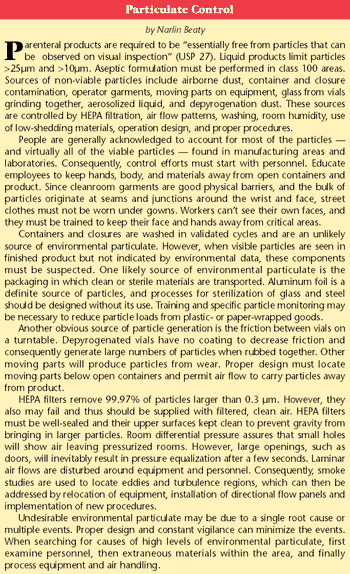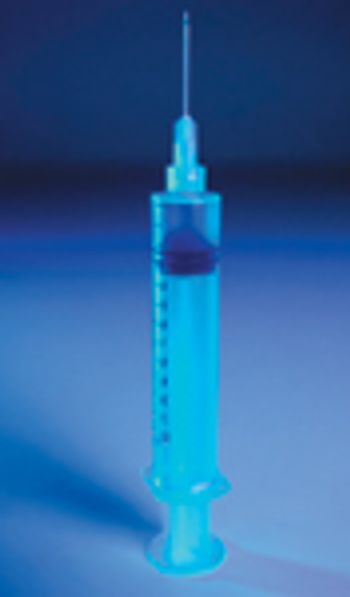
Welcome to BioPharm International's Guide to Formulation, Fill, and Finish, focused on pharmaceuticals — mainly proteins — produced by biologic means.

Welcome to BioPharm International's Guide to Formulation, Fill, and Finish, focused on pharmaceuticals — mainly proteins — produced by biologic means.

Biopharmaceutical products are subject to stability problems distinct from traditional sterile pharmaceutical processing and thus require more care in handling and preservation than do classical "small-molecule" drugs. Most biopharmaceutical formulations are aqueous, and protein products have limited stability in their liquid state.

absorption The process of a drug's movement from the administration site into systemic circulation.

Biopharmaceutical formulation is primarily about stability and the product's mode of use. The route of administration (drug delivery, see next chapter) and the manufacturing process must be considered, along with the molecule's intrinsic stability factors. Because proteins and peptides are such large molecules and exist to interact with their environment, they are somewhat fragile. They must be protected from denaturation and degradation until they can be delivered to their site of action in a patient's body.

Biopharmaceutical Process Extractables Core Team. Evaluation of extractables from product-contact surfaces. BioPharm International 2002; 15(12):22-34.

A biopharmaceutical drug can go into development before anyone knows much about how it works. The protein may be identified through genomics or proteomics activities or through more traditional medical research. It may initially be associated with a particular disease process or a certain metabolic event. In any case, its mechanism of action - as well as many of its structural characteristics and biochemical properties - may be unknown. One of the more challenging aspects of developing protein pharmaceuticals is dealing with and overcoming the inherent physical and chemical instabilities of proteins. This inherent instability has the potential to alter the state of the protein from the desired (native) form to an undesirable form (upon storage), compromising patient safety and drug efficacy. The set of activities related to overcoming the inherent instability of the drug is referred to as formulation development.

ORGANIZATIONAL RESOURCES

Entire biopharmaceutical development projects can succeed or fail based on the feasibility of an acceptable dosage form. Therapeutic proteins range in size from a few hundred to over 100,000 Daltons. The biological manufacturing process leads to complex, unstable, and potentially variable products that frequently require novel dosage forms and new patterns of process validation.